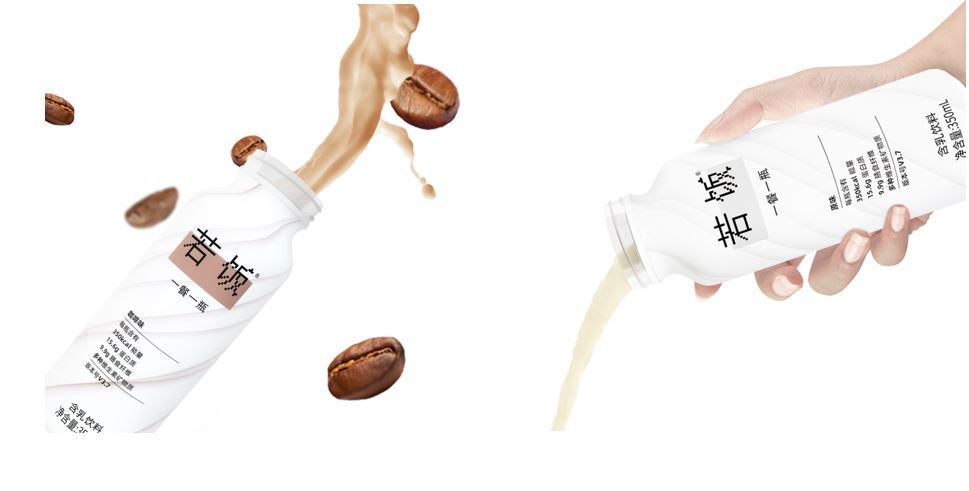The experts shared their insights at the fifth episode of the Growth Asia 2020 broadcast series – organised by NutraIngredients-Asia and FoodNavigator-Asia. (Listen on demand here)
According to Herbalife, the general population is increasingly purchasing protein supplement products that come in snacks formats, such as cookies, gummies, and even ice-cream.
These group of consumers are unlikely to sacrifice product taste and indulgence even as they seek to increase their protein intake for their workout regime, said Dirk Aschmoneit, senior director, worldwide product marketing at Herbalife Nutrition.
“The general population want tasty snacks that are fortified with protein for their workout purpose, such as protein rich ice-cream, cookies.
“(Whereas) pure athletes take whatever they get, if it doesn’t taste medicinal, they don’t think that its good,” he said.
The company sees Australia as the leading active nutrition market in APAC and is now working on low carbohydrates, protein-rich, branched-chain amino acids (BCAA), and thermogenics products for the APAC’s active nutrition segment.
Aside from product taste, consumers are also demanding for protein products that come in more dosage forms.
Some of the interesting new formats seen in the market include protein-based water, said Dr Christopher Mohr, co-owner at Mohr Results. Dr Mohr is the nominated speaker from the US Dairy Export Council (USDEC) – one of the event sponsors.
In terms of protein quality, Dr Mohr believed that whey protein was considered the best option and was ranked higher than milk, soy, beef, and black beans in terms of the amount of branched-chain amino acids (BCAAs) that it contains.
Furthermore, he pointed out that whey protein, due to its level of solubility, could be added into a broad spectrum of food and beverages.
In the case of China, beverages and protein powder that are sold in bottles are new formats that have popped up recently, said China firm alandv Sports Nutrition.
“Powder and bar still dominate but new formats are becoming more attractive, especially the liquid format…Consumers are willing to try new formats.
“(One example is) protein powder that comes in a bottle and could be drank just by adding water to the bottle, rather than making a protein shake by scooping the powder from a big tub,” Aaron Gong, GM said.
Female demands driving innovation
Gong added that more young women were using active and sports nutrition products as a way to lose weight and stay slim, which has fuelled the growth of the weight management market in China.
Other than protein, ingredients such as L-carnitine is increasingly popular amongst female users as they believe that it can assist fat burning.
Natural is key
Besides the functional benefits, consumers price product naturalness as the most attractive claim.
This is according to a consumer survey conducted by Glanbia Nutritionals.
The survey, conducted in September, gathered the feedback of over 1,000 individuals from the UK, India, Thailand, Singapore, and Australia.
Findings showed that ‘all natural’ was the most attractive claim in food products, Ludi Marche, director of insights and analytics highlighted.
The second most attractive claim was ‘no additives/preservatives.
However, when asked if they could only choose one claim that attracts them the most, high protein content became the second most selected claim – only behind the ‘all natural’ claim.
According to the findings, 82% of the respondents have consumed a protein-fortified product in the past year, and 67% of them had consumed such products in the past three months as well.
Out of the five countries, India topped the list, with eight in 10 of the respondents said they had consumed a protein-fortified product in the past three months.
For consumers who did not take a protein-fortified product, they explained it was because 1) they preferred real food 2) they do not think they require these products since they did not exercise as much and 3) they believe the products are too expensive.
During the panel discussion, one of the panellists pointed out that product naturalness was an ‘extremely important’ factor for purchase.
“The uptake now is towards natural ingredients,” said Sandeep Gupta, founder and CEO of Expert Nutraceutical Advocacy Council (ENAC) India.
He added that glutathione, omega-3, astaxanthin, and ashwagandha were the trending ingredients in India.
Gupta was joined by Dr Mohr, Xiaoyu He, research manager, Asia at Glanbia, Christian Philippsen, MD at Beneo, Carl Gibson, CEO at Complementary Medicines Australia (CMA) during the panel discussion.
Emerging markets
Active nutrition is becoming a hot topic in countries with high prevalence of diabetes, such as Malaysia and India, according to Philippsen, with blood sugar management becoming an increasingly important concern.
In terms of product R&D, he said “slow carbohydrates” which have a lower GI could be incorporated.
This is because low GI foods provide a slow release of energy over a sustained period of time. They also do not cause blood glucose spike, hence, are a good choice for weight management and blood sugar management.
He said that this could be achieved with the firm’s proprietary isomaltulose ingredient sold under the tradename Palatinose.
Palatinose is a carbohydrate naturally derived from sugar beet. It is said to provide sustained energy supply and higher fat burning rates, which could be of interest for sports and physical activity, as well as weight management.
On the other hand, high GI foods (“fast carbohydrates”) such as glucose, maltodextrin, could hinder the burning of fat and do not provide sustained energy release.
Xiaoyu He agreed that the APAC market is booming when it comes to active and sports nutrition.
“Our protein bar market maybe did not exist five years ago in Asia. Now it is driven by local Asian demand.
“We need to pay attention to the popular dosage formats and get ready for protein fortification,” she said, when asked the opportunities for NPD in APAC.
In India, she said that the chewy textured bar was preferred while Japanese users preferred those with a drier texture. In China, consumers are looking for new textures, beyond the traditional ones.
One innovation that the company has came up with, is whey protein in the crisp format.
Responding on the issue of lactose intolerance in APAC, Mohr pointed out that whey protein was naturally low in lactose.
Whey protein isolate is another option which contains an even lower level of lactose a compared to whey protein concentrate.
He added that whey protein, as compared to soy, beef, and milk, contained a higher level of good quality amino acids such as leucine.
It is recommended to consume protein at 25% of the total calorie intake throughout the day, be it pre-workout, during workout, or post workout.
Regulatory hurdles and opportunities
The active and sports nutrition sector is coming under a new regulatory regime in Australia, which will provide both opportunities and challenges for the sector.
The new regime requires sports supplements to be regulated as a therapeutic good so long as they make therapeutic claims and/or contain higher-risk ingredients and/or come in tablets, capsules, and pill forms.
The challenges with the new regime are that it could lead to a higher manufacturing cost since firms need to produce in a Therapeutic Goods Administration (TGA) licensed facility, Gibson pointed out.
At the same time, there are also new opportunities, since manufacturers can use permitted, more functional ingredients for sports supplements regulated as a therapeutic product. This will in turn spur product R&D.



